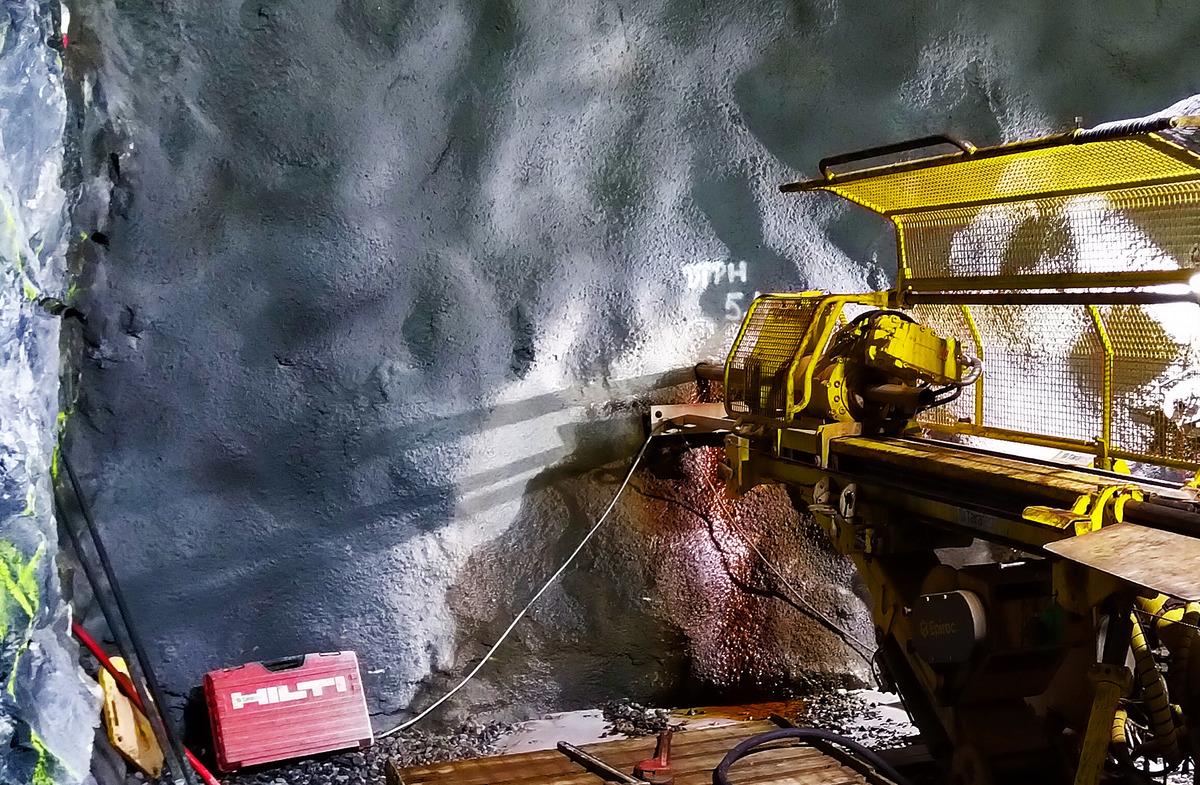Pilot holes provide information about bedrock suitability for final disposal
In the spring, the drilling of pilot holes for the first ever final disposal tunnels in the world continued at deposition depth in ONKALO as a Nordic collaboration project. The drilling of the pilot holes for bedrock research purposes started in January. The pilots were completed in May, bringing the total number of the pilot holes to five.

In the spring, the drilling of pilot holes for the first ever final disposal tunnels in the world continued at deposition depth in ONKALO as a Nordic collaboration project. The drilling of the pilot holes for bedrock research purposes started in January. The pilots were completed in May, bringing the total number of the pilot holes to five.
The pilot holes are used to determine the suitability of the bedrock for final disposal before the excavation of the deposition tunnels and the selection of locations for the final disposal holes. The suitability analysis for the first two deposition tunnels was conducted based on the pilot holes and completed at the beginning of May, ready for submission to the Finnish Radiation and Nuclear Safety Authority STUK.
At the moment, we are carrying out measurements in the pilot holes, studying e.g. the density, electrical conductivity, and magnetism of the bedrock as well as water leakages in fractures.
–The diameter of the holes is 76 millimetres and they are equal in length to the deposition tunnel, i.e., about 340 metres. They are drilled in the deposition tunnel line before the actual tunnel is excavated.
The drill core is analysed to determine the rock types in the bedrock and, in particular, to identify any fractures that conduct water in the area of the final disposal tunnel, explains geologist Jyrki Liimatainen from Posiva.
Hole guidance technology utilised also in ore exploration has been applied in the drilling operation. It makes it possible to leave the pilot holes inside the planned deposition tunnel.
Text Timo Sillanpää Photos Posiva
Share